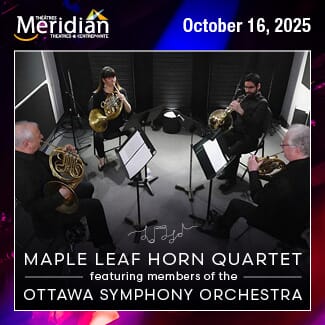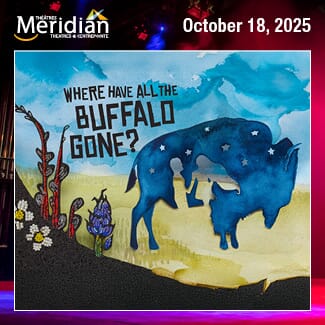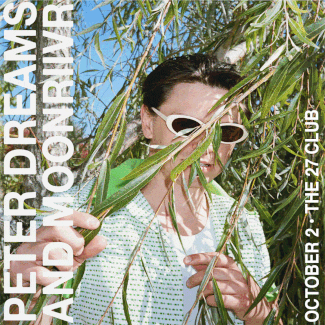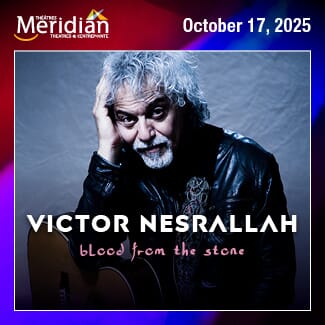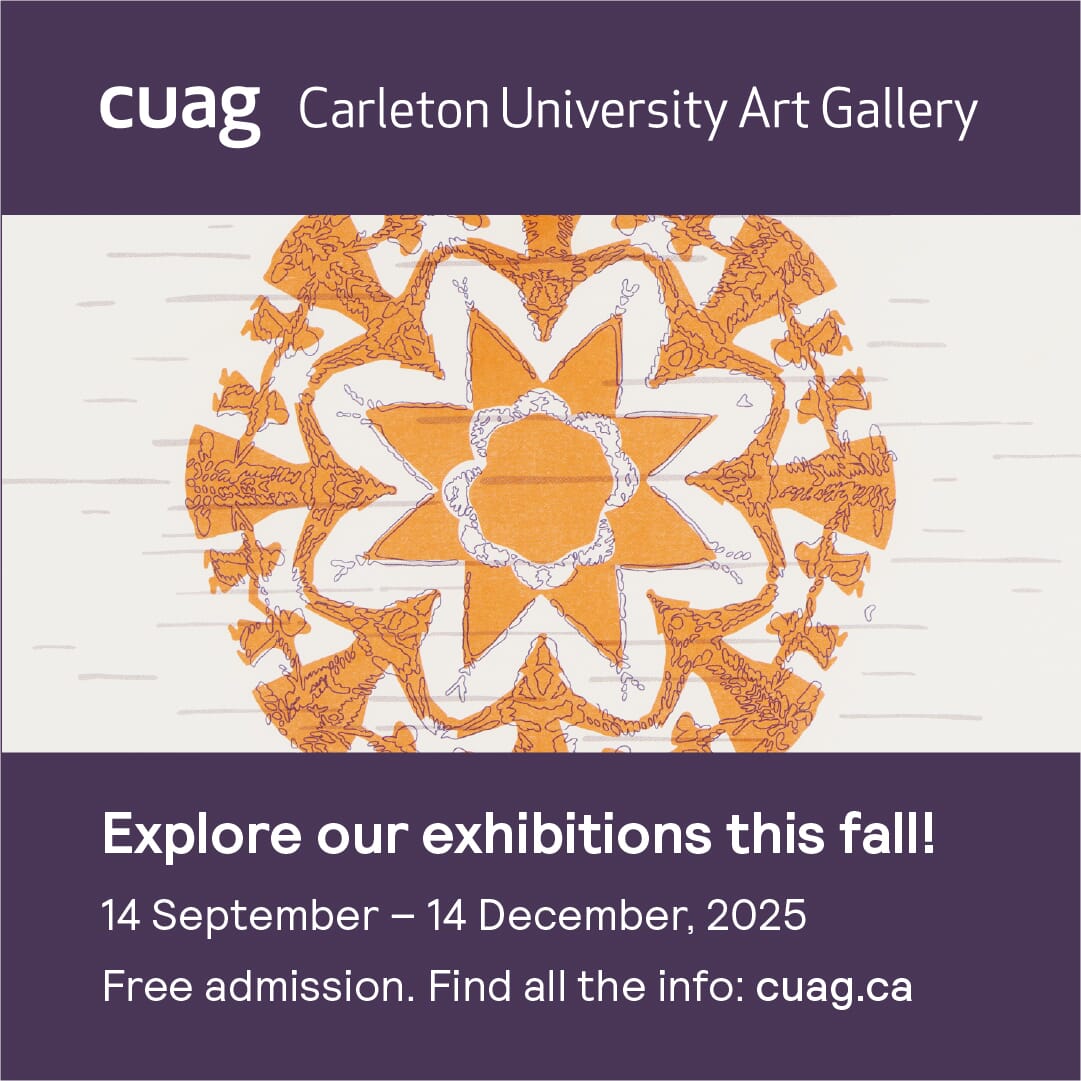The National Arts Center launched an engaging new dance series this week called Face 2 Face, featuring work of four international companies presented at three venues in Ottawa (NAC Studio, ArtsCourt Theatre and ArtsCourt studio). Face 2 Face presents duets as the thematic focus to tie the series together.
The duet provides a perfect idiom for choreographers to explore the intricacies and negotiations of relationships. In one of these performances, Still Standing You? the assumptions, pitfalls and beauty of relationships is tackled by the two very different choreographers/creators/dancers, Pieter Ampe and Guilherme Garrido.
Still Standing You? demonstrates how dance can so expertly explore the complexity existing between two people—in this case two men. Through their raw, physical maneuvers these performers are able to access the layers of what a relationship between two men can be. It’s a tricky landscape.
The piece opens with Garrido balanced in a seated position on top of the outstretched legs of Ampe, who lies on his back on the floor. Garrido charmingly converses with the audience, asking if they are comfortable—oblivious to the obvious strain Ampe feels under his weight. It’s a suitable introduction to what becomes a series of amplified and charged physical entwinements ranging from playful to painful to supportive.
Music would be simply out of place in this literally stripped-down performance where the body is integral to its meaning. Instead, the performers provide acoustic accompaniment through their highly amusing feral and guttural sounds, as well as the sound of their feet hitting the floor and their bodies hitting the ground. At times they evoke a boyish, teasing playfulness. At times they are rough and aggressive. The two, for example, run full-out at each other to smash their chests together in a test of strength—masculinity portrayed at its most basic.
But it becomes apparent this brutish façade is only one layer. What belies this harshness are the subtleties in their performance—a sly smile, a soft landing, or more substantially, an incredible embrace. One of these had both on the floor, exhausted, with Garrido slowly gathering Ampe into his arms, ending in a contemporary presentation of the pietà. Wow.
There is not much clarity about what the dancers mean to each other. What is clear is why they continue to endure and exhaust each other—the juxtaposition of aggressive and gentle interactions all point to a common complicity in their undeniable bond.
This all gives shape to the premise of this piece. Relationships are blurry, and instinct is to sometimes coerce clear distinctions rather than let that ambiguity remain. Throughout this piece, the question persists: Are they friends? Enemies? Lovers? And the only answer is “yes.”
This pieces challenges notions of contemporary dance. It is the presenting and pulling apart of the notions masculinity, friendship, love, and the balancing of it all that will undoubtedly resonant with the audience.






